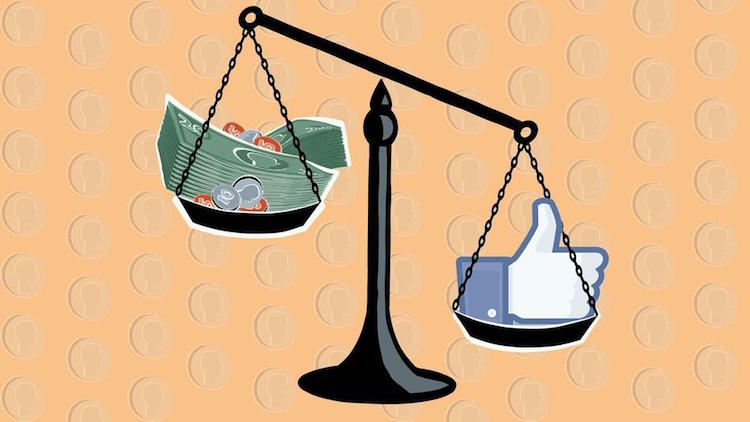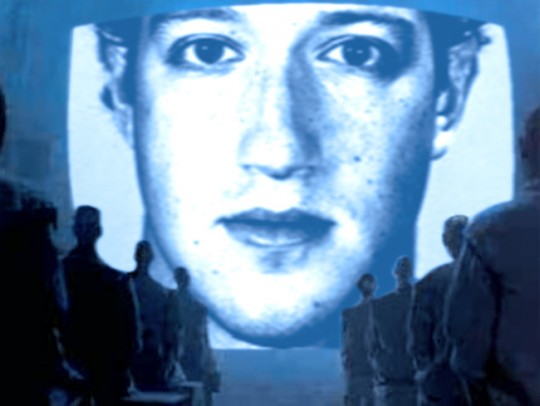Death of an Ad Man: The Facebook Like is now seven emojis called Reactions
Welcome to Death of an Ad Man, where we celebrate the industry Stephen Leacock once described as “a judicious mixture of flattery and threats.”
Before I made the decision to chase the writing dragon full-time, my professional career consisted solely of digital marketing and strategy jobs centered squarely around social media. With vague titles like “Digital Coordinator” and “Creative Strategist”, I worked directly with some of the largest companies in the world. I even ran Saturday Night Live’s Twitter and Facebook account back when I was 23 and companies thought it was fine to let recent college graduates have free reign over their handles.
And ever since the day Facebook first added that little ‘thumbs up’ icon, any client I ever worked with only wanted to know the answer to one, unanswerable question:
“What is the value of a Facebook Like?”

In 2013, Business Insider posted a list of nine different answers derived from nine different reports, which varied from $214.81 to a cool $0. But they’re all, admittedly, just guesses.
The best answer — and feel free to borrow this, any burgeoning social media strategists out there — is that a Like’s value is solely dependent on what you pull out of it. You could be Mega International Corp and get 200,000 Likes on a post, but they don’t mean crap unless you find a way to activate them. Or, conversely, you could be Local Small Company who only gets 20 Likes but who then does their research on those 20 people, engages them individually, and makes super fans out of them, thus gaining customers for life.
If you want to get Jerry Maguire about it: the Like isn’t the treasure, it’s the compass.
But today, Facebook just went and threw us all on the damn island from Lost#, announcing that in lieu of the rumored ‘Dislike’ button, Facebook would instead be unveiling ‘Reactions’ – which are really just six new emoji choices:

Now, instead of just showing you Like something, you can convey Love, Laughter, Happiness, Shock, Sadness and Anger.
Which means that for the next two weeks, anyone you know in the digital marketing world is going to be working super late hours trying to compile reports on how this affects strategy and brainstorming on how they can ‘turn this into a positive.’
Brands that are smart will go after niche emojis — imagine Funny or Die doing a ‘laughter’ campaign or Coke doing something to promote ‘happiness’ — and, in the end, this will actually be a huge help for anyone doing consumer analytics. As Zuckerberg said in a public Q&A last September when discussing the hypothetical ‘Dislike’ button:
We didn’t want to just build a Dislike button because we don’t want to turn Facebook into a forum where people are voting up or down on people’s posts. That doesn’t seem like the kind of community we want to create.
While the Like button did create a nice binary process — yes or no, Like or no Like — the truth is, Reactions means that companies are going to get to know even more precisely how you feel about something.
It may not be a Likert scale# or anything, but those cute yellow faces are actually just deeper peeks into your disposable-income having selves. Facebook says they were created because “your friends and people want to be able to express that they understand and that they relate to you,” but Reactions are also here so companies can better understand and relate to you as well.
And to, ya know, erase our ability to express and eventually even comprehend complex thought, as Orwell predicted in 1984, which is doubleplus bad.
But there I go with my duckspeak again…

Submitted To Death of an Ad Man, Emojis, Facebook, Social Media
Like what you read? Share it.
(That helps us.)
Love what you read? Patronize Bryce Rudow.
That helps us and the writer.
What is Patronizing? Learn more here.

